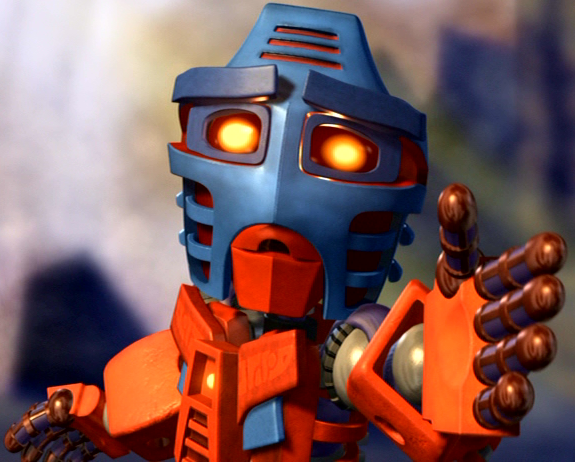To continue where I left off, Apollo 11 slowed down into lunar orbit at around 17:22 UTC on July 19. The following day, July 20, Neil and Buzz entered the lunar module at 12:52 UTC, and the two modules separated at 17:44 UTC with Neil saying "The Eagle has wings." Despite computer issues and having to make a manual landing to avoid landing in a boulder field and ending up with less than half a minute of fuel remaining, the LM successfully landed in the Sea of Tranquility at 20:17:40 UTC (3:17 p.m. at Mission Control in Houston). "Tranquility Base here, the Eagle has landed."
After a few hours making sure they were secure on the lunar surface, the astronauts skipped the planned five-hour nap and prepared to head outside. Neil Armstrong's famous first step occurred at 2:56:15 UTC (9:56 p.m. at Mission Control), and Buzz Aldrin followed about twenty minutes later. Among the things they did while out on the lunar surface was plant the American flag, receive a brief phone call from President Nixon, deploy scientific equipment to measure seismic activity, and collect a total of 47.5 lb (21.5 kg) of lunar rocks and soil. The extra-vehicular activity (EVA) was kept short and close to the LM due to uncertainties of how durable their suits would actually be, lasting a total of just two and a half hours. As the astronauts climbed back inside, Buzz accidentally broke a switch necessary for liftoff, but solved the issue by using a pen in place of the damaged switch.
The next day, July 21, the ascent stage of the LM (which was critical in that it had to work on the first try) successfully lifted off at 17:54 UTC (according to Buzz Aldrin, the flag was blown over by the exhaust from liftoff). The LM ascent stage docked with the CSM module at 21:35 UTC, Neil and Buzz climbed back into the CSM, and the LM was jettisoned soon after (it was said to still be orbiting the moon by the time Apollo 12 arrived, but was never tracked and eventually impacted at an unknown location), then they began the journey back to Earth.
(I'm a little short on available time today, so I'll save the final part of the Apollo 11 mission for the anniversary of splashdown on July 24.)


 The forum should now be back up and running. Please don't hesitate to let us admins know if you run into any issues.
The forum should now be back up and running. Please don't hesitate to let us admins know if you run into any issues.